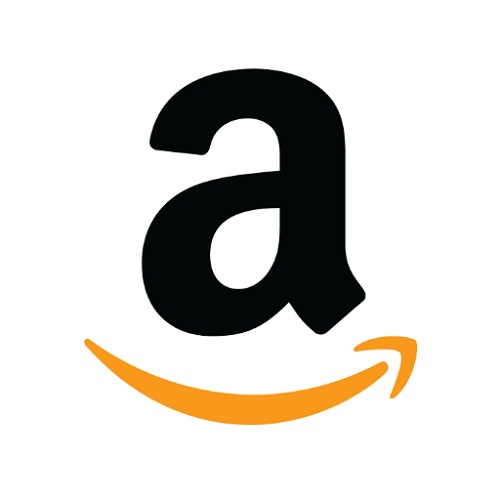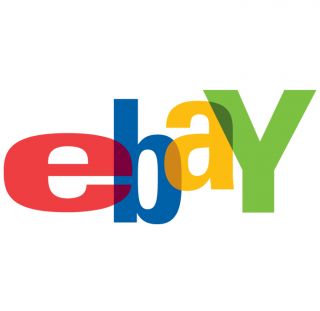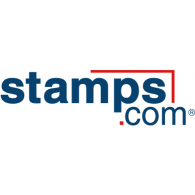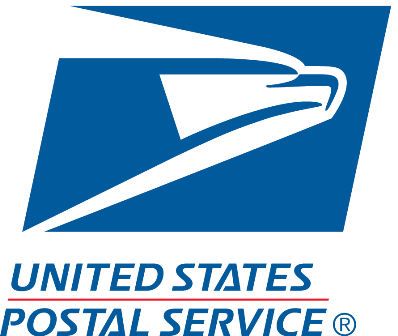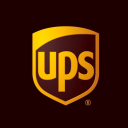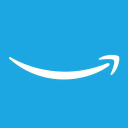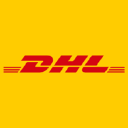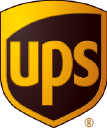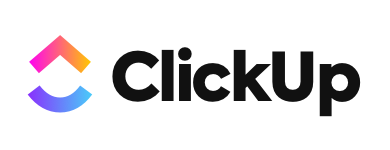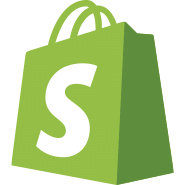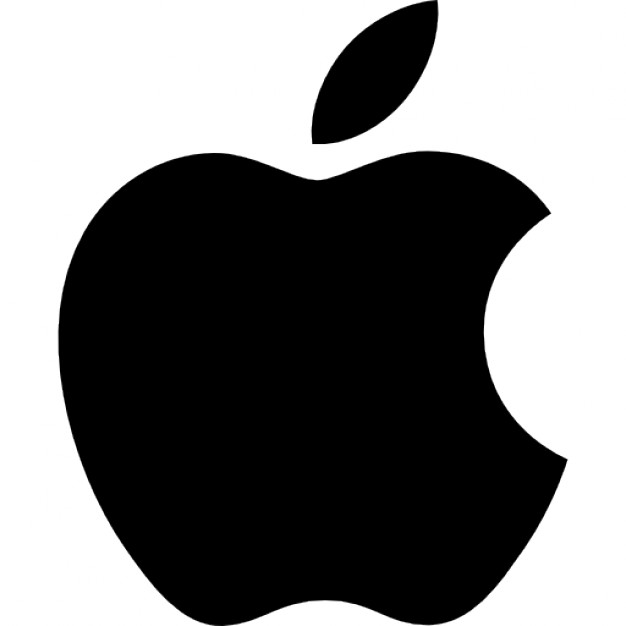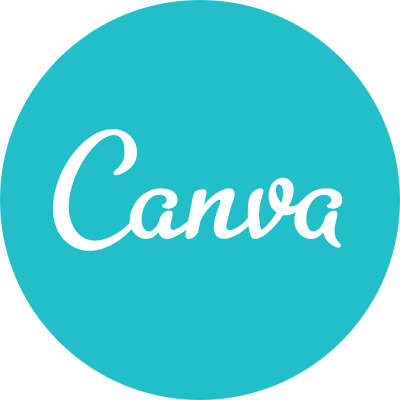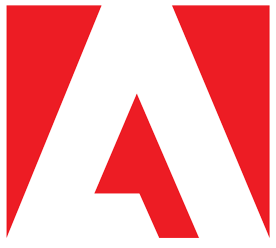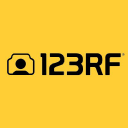How We Started A $325K/Month Practical Baby Products Brand
Hello! Who are you and what business did you start?🔗
We are Sam and Kirsten, a husband and wife team from Parker, Colorado. Parker Baby Co. specializes in practical baby products that are designed to simplify parenthood. As parents of 4 kids under the age of 5 years old, we find inspiration for new products everywhere. Most of our products are inspired directly by our kids.
Our most well-known product is our Birch Bag Diaper Backpack in Cream:

We always struggled to find a diaper bag that was: 1) Large enough to hold enough baby stuff for twins; 2) Stylish enough to carry everywhere; 3) Gender-neutral so Dad can comfortably use it, and 4) Affordable. So we designed one and launched it in 2017. I’ve always felt that the Birch Bag was the product that pushed us from “side hustle” to “this could and should be bigger.”
Since we founded the business in 2015, we have experienced rapid sales growth to the tune of 300%, 87%, and 48% from 2017 to 2019 and we are expecting more than 65% growth in 2020. We’ve accomplished all of this with 2 full-time employees, 2 part-time employees and several consultants.
Pictured below is our son in one of our signature bandana bibs:

What's your backstory and how did you come up with the idea?🔗
We started Parker Baby Co. (formerly ‘The Good Baby’) as a side hustle in October 2015. At the time, we had 7-month-old twins and were spending A LOT of money on baby products. I (Sam) was working full time for a boutique investment bank in Denver, and Kirsten had recently quit her job at a local high school to stay home with the twins.
Kirsten always had ideas on how to improve products that we were using on a daily basis with our twins. We had noticed that the cloth pacifier clips we were using with our twins would always end up in the mouths of our teething babies. We decided to make the straps of the clips from silicone teething beads. We developed the product and sales took off quickly. However, this product ended up being a total flop (more on that later).
One of our twins had acid reflux issues and was constantly spitting up. We used bibs to avoid changing her outfits multiple times a day, but we could never find the perfect bib. We wanted something that was stylish and could be worn with any outfit. We wanted something without velcro, which complicated laundry. We wanted something soft and absorbent. So we designed three bandana bib sets and launched them on Amazon.com. They were a hit.
Amazon has been both a blessing and a curse. It allowed us to scale very quickly, we went from $0/month to more than $200k/month in less than 2 years without hiring any employees.
We’ve been through a few difficult transitions in the business, including:
Scaling back Kirsten’s responsibilities: As our family grew, it quickly became apparent that Kirsten couldn’t stay home with the kids AND work on Parker Baby full time. After a lot of difficult discussions and a lot of prayers, we ultimately decided that it would be best for our family to have Kirsten stay home with the kids and limit her involvement in the business.
Quitting my day job to focus on Parker Baby - With Kirsten focusing her energy at home on our family and a rapidly growing business, I decided to quit my day job at the investment bank to focus on growing the business. I would imagine this is a huge step for a lot of entrepreneurs.
Re-branding the business - Due to a trademarking issue, we were forced to rebrand the business. At the time, it felt like the transition would crush the business. In reality, it helped us to focus intently on our brand and re-build our foundation.
Take us through the process of designing, prototyping, and manufacturing your first product.🔗
As I mentioned, our first product sold very quickly at launch, but we had a major quality control issue. The clips were breaking, leaving loose teething beads (obviously a HUGE problem for a baby product). We immediately stopped selling the product, started a recall process, and disposed of our inventory. We were out of pocket about $1,500 which was everything we had budgeted for this side hustle. But we saw the potential and decided to keep going while focusing on a less complicated product.

I look back at that product and cringe. It was such a great idea, it was just so poorly implemented. We had no experience in product development (or consumer goods in general for that matter). Thankfully, it ended up being a pretty cheap lesson (although it certainly did not feel that way at the time).
While we did what we thought was extensive sampling from multiple suppliers, we hadn’t considered how customers would use our products differently than we would in our “testing.” We tested our pacifier clips with our 7-month-old twins and never had any quality control issues. We hadn’t considered that other people with much older, stronger kids would also use the clips. The stronger kids would play with and pull on the pacifier clips, potentially breaking them.
I spent countless hours researching consumer product safety and compliance issues after all the issues we had with the clips. It was a good lesson to learn early on in our business as it made me focus on safety as we developed new products.
Describe the process of launching the business.🔗
I would like to say that we had a well-defined launch process and strategy, but we had such low expectations when we launched our first product. We were really just looking for a way to supplement our income so Kirsten could stay home with the kids.
We developed keyword-rich Amazon listings for our products and focused our copy and branding on the premise that we were a small family business with babies of our own. I believe this has always been an important differentiator for us on marketplaces like Amazon.
Our initial website consisted of a Shopify template, our 3 SKUs, and pictures of our kids using our products with Kirsten’s iPhone. We paid a graphic designer on Fiverr.com to develop our tree logo, then I added our brand name to the tree in Word. Our current marketing manager, Jessica, would cringe if she saw this logo…

And our website was pretty much useless…

Our business has grown quickly since inception, so financing has always been difficult. Initially, we put everything on a business credit card with a 0% introductory 12-month rate. Our largest cost was always inventory, so we often had to come up with creative ways to pay suppliers via credit card.
Since launch, what has worked to attract and retain customers?🔗
We founded our business almost exclusively on Amazon. It has been both a blessing and a curse. The platform allowed us to scale very quickly without incurring much (if any) overhead. We went from $0/month to more than $200k/month in less than 2 years without hiring any employees or renting an office or warehouse (and I was still working my day job!).
That being said, we’ve never liked the lack of control on Amazon. We REALLY don’t like that we don’t own the customer information. Our goal from the start has been to use our volume and income from Amazon to grow our website.
The cheapest and most effective way we have done this has been to build our email list. We currently have almost 50,000 active subscribers on our email list. Aside from standard promotion campaigns, we use Klaviyo to build out extensive email flows including:
- Abandoned cart flows that are specific to the items that the customer added to their cart
- Loyalty flows for repeat customers
- Purchase flows for complementary products
Our easiest traffic source has been Google Product Listing Ads, specifically Smart Shopping campaigns. Since we’ve budgeted for a higher customer acquisition cost in our product margins, we’re often able to rank well on PLAs for high volume search terms. Other than PLAs, we get very little traffic from Google Ads.
We have recently improved our social media ad performance. I largely attribute the improvements to increase our testing on the platform. We will regularly test multiple audiences and several ad copy variations. The Facebook Ad platform is very efficient at prioritizing winners.
On the creative side, we recently started using more User Generated Content which we have found to be more effective than less natural creative such as product on white images. We believe this is largely due to how users engage with sponsored content on platforms like Instagram. User-generated content is more engaging as a viewer scrolls through their feed, improving click-through rate and engagement.
Here is an example of an Instagram story ad we run using UGC:

Since our target market spends a lot of time on social media, we also have an established influencer program. We specifically target micro-influencers (usually less than 25k followers) with high engagement. We do not pay for influencers at this time, we simply offer free products. Our primary goals with influencers are to drive traffic (obviously), develop user-generated content for ads, and build links to our site.
Our current split for revenue from paid traffic:

I strongly recommend that you know your numbers. Make sure you allow enough margin in your product for customer acquisition costs. As paid traffic gets more competitive and more expensive, you’ll be happy to have that extra cushion.
How are you doing today and what does the future look like?🔗
We currently have 2 full-time employees and 2 part-time employees. We experienced a decline in profitability in 2019, largely due to an aggressive product launch schedule. We’ve dialed things back a little in 2020 to focus more on our profitability. One of our key metrics as a company is the Contribution Margin. In 2019, our CM was on the decline, finishing the year at 17.1%. It was a wake-up call for us. From January to April 2020, our CM has averaged 23.3% and we’re targeting a CM of 25% by year-end.
We are equally encouraged about the shift of our revenue split to be less dependent on Amazon. In 2019, 93% of our sales were from Amazon, with the balance coming from our website. In April 2020, that split shifted to 86% and 14% respectively.
Our website traffic continues to grow:

Our current plans are to continue to focus on growing our website, both through improving our paid traffic campaigns and through new product development.
Through starting the business, have you learned anything particularly helpful or advantageous?🔗
There have been several instances when we thought our business would fail due to legal issues. We were threatened with a lawsuit from a much larger competitor that would have been so costly that we likely would not have been able to stay in business. At the time, it seemed like the best thing to do was to shut things down. However, I’ve learned that legal issues are a part of the business and the importance of remaining calm in these situations.
While we have a small team, we have focused on surrounding ourselves with awesome people. After hearing horror stories from other business owners in regards to hiring and firing, I feel very blessed with the team we have. I do think we’ve gotten lucky in the few hires we’ve made as our hiring process has not been well thought out or well-defined!
What platform/tools do you use for your business?🔗
Our inventory planning process was highly reactionary until we adopted Inventory Planner. I believe it is one of the best tools for the money. IP allows us to keep track of our inventory across all of our warehouses and helps us plan our re-orders and how/when to allocate inventory.
As a small team, we leverage technology as much as possible. Gorgias allows us to manage all of our customer contacts in one place, including replies to social media posts. Even better, the company is run by awesome people.
If you’re in eCommerce and don’t use Klaviyo, you need to check it out. Now. We’ve just scratched the surface of Klaviyo’s capabilities and it more than pays for itself.
Hands down the BEST community for eCommerce business owners. I can’t even begin to describe how much value I’ve gotten out of this community.
What have been the most influential books, podcasts, or other resources?🔗
Simple Numbers, Straight Talk, Big Profits!
This book fundamentally changed how we manage our business. As the sole owner of our business, I often struggled with balancing personal finances vs. business finances, but this book really put things into perspective for me. I read the book 4 months ago and we are already seeing amazing results.
Traction: Get a Grip on Your Business
We’re early on in adopting Entrepreneur’s Operating System (EOS), but I love it already. Historically, I often felt like everyone in our organization was running around with their hair on fire. EOS has given us a structure that we didn’t even know we needed.
Advice for other entrepreneurs who want to get started or are just starting out?🔗
As a former finance guy, I’m biased, but I strongly recommend that you know your numbers. Keep your numbers current and use them to make decisions. Initially, make sure you allow enough margin in your product for customer acquisition costs. As paid traffic gets more competitive and more expensive, you’ll be happy to have that extra cushion.
Similarly, keep your overhead low as long as you can. As our profitability has improved, I’ve often been tempted to spend more. At almost $5mil/year in revenue, I still work from home (as do all of our employees).
Are you looking to hire for certain positions right now?🔗
We are currently diving deep into our Accountability Chart to lighten the workload of our few employees. We generally hire consultants or agencies, but our current needs are:
- Copywriter (Consultant or PT) - Write copy for social media ads, website and product listings, and Amazon listings
- Graphic Designer (Consultant or PT) - Develop graphics for email campaigns, social media posts and advertisements, website, and Amazon Enhanced Brand Content.
- Amazon Account Management (Consultant or PT) - Monitor and optimize Amazon account, including listing optimization, product ranking monitoring, Amazon PPC management.
- Google Ads Management (Consultant or PT) - Build-out and optimize search, display, and product listing ads.
- Facebook Ad Management (Consultant or PT) - Work with our Marketing Manager to create new campaigns and optimize existing campaigns.
Where can we go to learn more?🔗
If you have any questions or comments, drop a comment below!

Download the report and join our email newsletter packed with business ideas and money-making opportunities, backed by real-life case studies.

Download the report and join our email newsletter packed with business ideas and money-making opportunities, backed by real-life case studies.

Download the report and join our email newsletter packed with business ideas and money-making opportunities, backed by real-life case studies.

Download the report and join our email newsletter packed with business ideas and money-making opportunities, backed by real-life case studies.

Download the report and join our email newsletter packed with business ideas and money-making opportunities, backed by real-life case studies.

Download the report and join our email newsletter packed with business ideas and money-making opportunities, backed by real-life case studies.

Download the report and join our email newsletter packed with business ideas and money-making opportunities, backed by real-life case studies.

Download the report and join our email newsletter packed with business ideas and money-making opportunities, backed by real-life case studies.

